The weather has been blowing hot and cold.
In Singapore, as we were sniffling and wearing autumn-winter gear in 21.4 deg C temperatures, we learnt that 2017 was our warmest year on record (that was not influenced by El Nino).
While we're excited or complaining about the cold days and nights, it is not remotely near the icy temperature of minus 67.8 deg C recorded at Oymyakon, Russia, recognised to be the coldest inhabited spot in the world.
It isn't even the lowest temperature recorded here (it was 19.4 deg C).
How do people and animals survive fairly apocalyptic extremes of weather?
The Telegraph says locals from Oymyakon have their Russian "chai", which is what they call Russian vodka, to help deal with the cold. They are "magnificently dressed" with big furry hats and hoods, and a good coat or four.
As writer and rambler Alfred Wainwright said: "There's no such thing as bad weather, only unsuitable clothing."
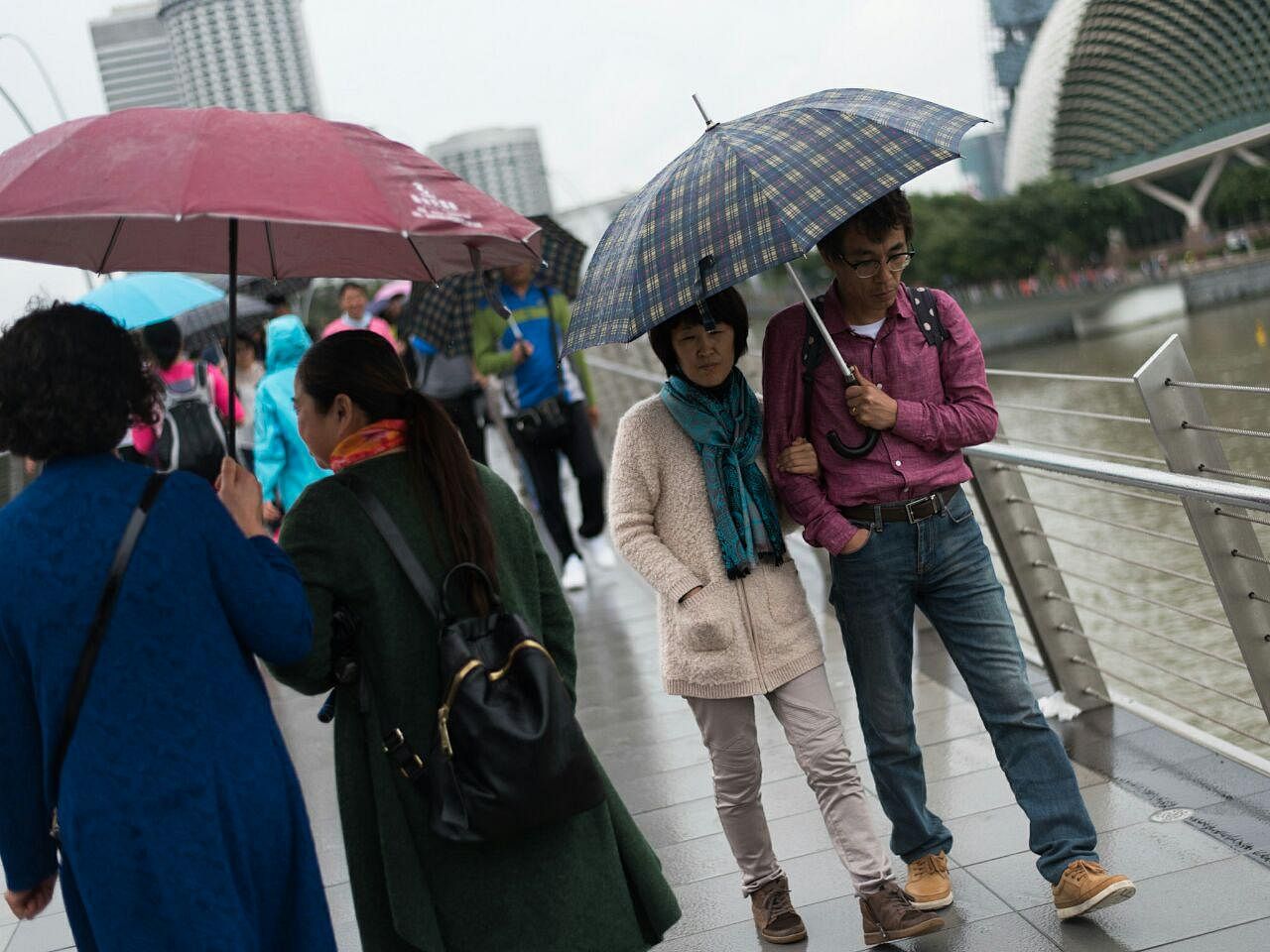
We must say, though, that Wang Fuman, eight, from Yunnan Province, China, wasn't suitably dressed. Still, the amazingly tough boy survived walking to school in minus 9 deg C temperatures, arriving with icicles in his hair.
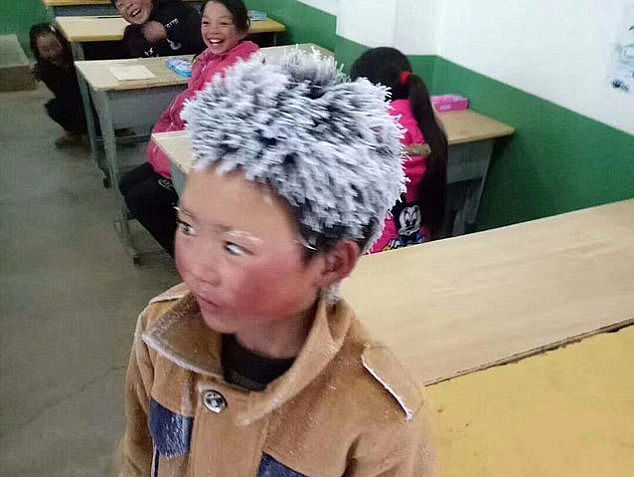
Here are other ways animals and people make sure they survive weather extremes:
1. Cold snap: Gators turn themselves into popsicles
They have a cool way of surviving a bomb cyclone: Alligators freeze themselves alive.
When they get cold, they brumate, or enter a period of dormancy similar to hibernation. They slow down their metabolism and breathing, and go into a semi-vegetative state.
Right before the surface freezes, they stick their snouts out of the water so they can continue breathing.
2. Heat: Foxes are hot to trot
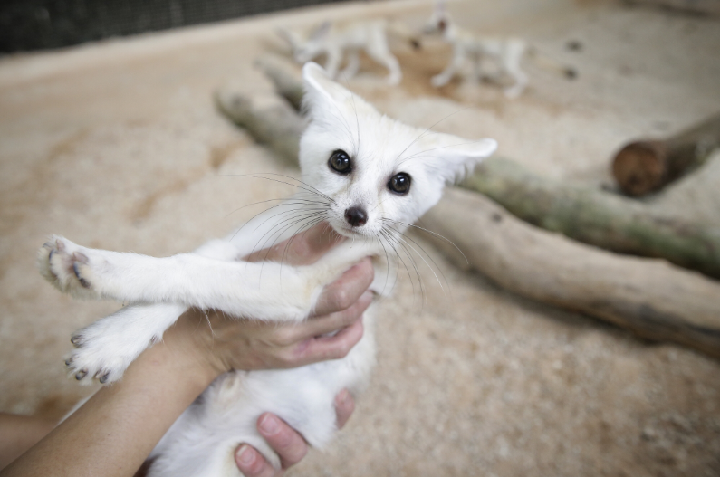
Bats were falling out of trees with brains boiled in a record-breaking heatwave of 45 deg C in Sydney's suburb of Campbelltown.
Fennec foxes, which live in the Sahara and elsewhere in North Africa, could have handled the heat.
They have big bat-like ears which radiate body heat and help keep them cool. They have long, thick hair that insulates them during cold nights and protects them from hot sun during the day. Even the fox's feet are hairy, which helps them perform like snowshoes and protects them from hot sand.
Actually, this snowshoe adaptation probably came in handy when it snowed in the Sahara.
3. Floods: Humans build big longkangs
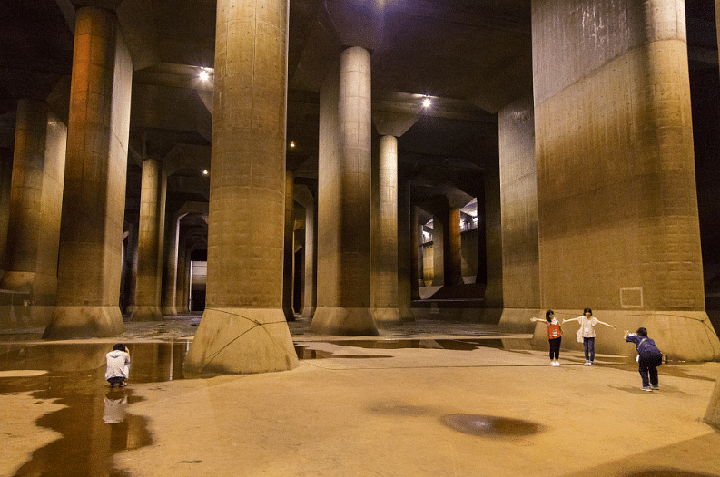
We felt the pain of flash floods hitting nine locations in Singapore on Monday (Jan 8). Besides disrupting businesses and bus services, it damaged cars. Garages said flood-damaged cars can cost anywhere between thousands and tens of thousands of dollars to repair.
To survive the threat of more such floods, we're spending a fair bit on improving drainage systems.
For the Japanese, the threat to the Tokyo metropolitan region, which is home to 38 million people, is such that they spent billions on a giant anti-flood system.
$2.7 billion
Amount Japan spent on an underground Tokyo anti-flood system. Each of the five containment silos is massive enough to contain the Statue of Liberty. It looks like the Mines of Moria from The Lord Of The Rings, minus the orcs and fancy carvings. You can visit the place as a tourist, but they might not like you yelling like Gandalf: "You shall not pass!"
$500 million
Amount Singapore is spending on a big upgrade of its drainage network. The sum will be spent over the next two to three years. PUB said the money will be channelled into ongoing projects at 75 spots islandwide, as well as those at 16 new locations and future projects, to make monsoon drains and canals bigger, and fortify older structures, for instance.
$1.2 billion
Amount the Government has already spent on drainage improvement works since 2011.
$280 million
Cost of expanding the 3.2km Bukit Timah First Diversion Canal by the end of 2018. It will be able to take in 30 per cent more rainwater. This will protect buildings in the catchment area, such as Ngee Ann Polytechnic, Beauty World Plaza, Bukit Timah Shopping Centre and Sime Darby Centre, from floods
4. Wildfires: Trees spread seed in the heat of the moment
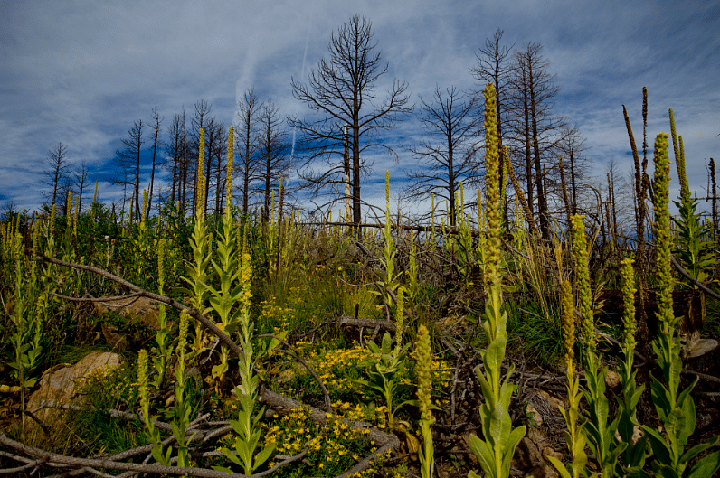
Some like it hot. In environments where fast-moving fires are frequent, some pine species have developed thick cones that are glued shut with a strong resin. When a fire sweeps through, melting the resin, these cones release the seeds.
The seeds of many plants in fire-prone environments need fire to germinate. These plants produce seeds with a tough coating, awaiting a fire for years to end their dormancy.
It pays to be thick-skinned. Trees in fire-prone areas develop thicker bark, in part, because it does not catch fire easily. It protects the living tissues that transport water and nutrients from heat damage during low-intensity fires.
Ponderosa pine, a signature tree in the western United States, has a thick and flaky bark, which withstands a low-intensity surface fire. The species also drops lower branches as the trees grow older, which helps prevent fire from climbing up.
5. An actual apocalypse: Be a tardigrade
Sorry, Oymyakon locals with your Russian "chai", tardigrades or water bears can take on temperatures of minus 272 deg C.
Other species of these microscopic invertebrates can endure powerful radiation.
Tardigrades have a reputation as the toughest animals on the planet as well as off it: In 2007, the European Space Agency sent 3,000 animals into low Earth orbit, where the tardigrades survived for 12 days on the outside of the capsule.
The Washington Post said: "Land-dwelling tardigrades endure extremes thanks to an ability called cryptobiosis, in which the animals lose all but 3 per cent of the water in their bodies." It is in this state that tardigrades can survive the greatest heats, the fiercest colds, crushing pressures or the complete lack of it.
"They desiccate, and then they persist."


